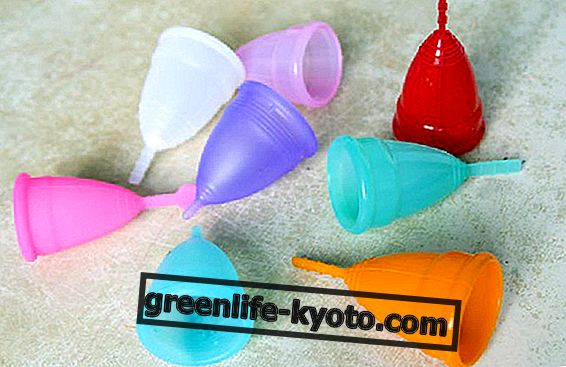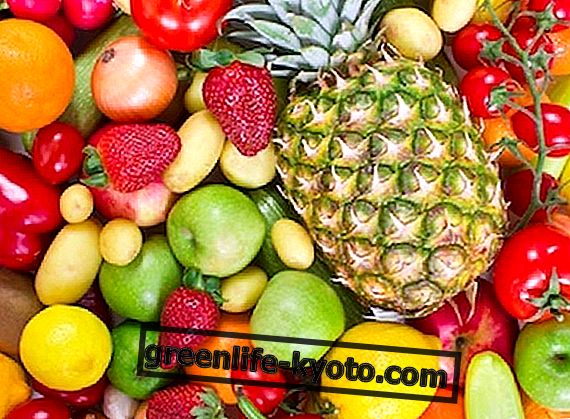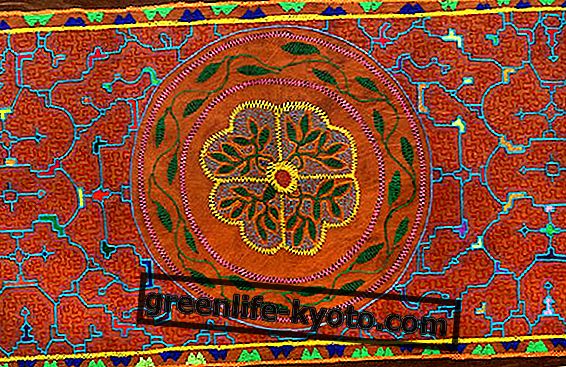
Anal fissures: what they are and causes
Anal fissures are ulcerations of the skin and anal mucosa. They appear as cuts, more or less small and more or less deep depending on the gravity.
They can bring bleeding, though small. The main symptom is pain during defecation, which can last for a few minutes or persist for several hours.
Anal fissures can begin as minor annoying cuts, but if neglected they can become deeper and more painful cuts. The continuous contraction of the anus worsens the situation, and the passage of the faeces, normally at least once a day, continually reopens the ulceration.
The causes can all be traced back to an intestinal transit, and therefore to an unbalanced diet:
> constipation or dysentery : in the case of constipation, the too hard stools can cause small abrasions to the anus, while the dysentery alters the ph of the feces making it acid and aggressive for the mucosa of the entire intestinal tract;
> excessive efforts : anal fissures may appear during childbirth, or in an attempt to defecate in cases of constipation;
> use of laxatives : chemical laxatives alter the ph of faeces and consequently also the mucosa, whose purpose is, among others, also to protect the underlying muscular walls;
> intestinal inflammation, which alters the intestinal flora and therefore the composition of the faeces, as well as the mucosa;
> stress, which can lead to varying the rhythm of peristalsis and therefore also the muscular contractions of the last section of the intestine.
Anal fissures and sitz baths
The sitz baths are partial baths, in this case applied to the area of the genitals and anus. They are made with warm or warm water, to which essential oils can be added, such as lavender, which is soothing, or tea tree, which is antiseptic. It is not recommended to use cold water in the presence of anal fissures.
It can be done in a basin large enough to sit in, keeping the legs and abdomen out, or even in the bidet. The hip rest can be made either with running water or as a bath, then immersing the part of the genitals in the water.
Performing a half-bath is simple : make sure that the environment in which it is performed is warm, and that there is the need to cover the abdomen and to dry immediately after finishing it . You sit in the basin or on the bidet, in order to maintain a comfortable position. It is filled with hot or lukewarm water until it is immersed in water with the perineum and part of the genitals. The abdomen must remain dry and covered.
Stay in this position for 15 or 20 minutes, taking care that the water does not cool down . Once the dive is finished, rinse off. Then dry with a soft, clean towel and cover well. Do not use aggressive soaps or sponges to rinse .
Avoid using toilet paper to dry, or scented or soapy wipes. The purpose of the hip bath is to improve circulation, decongest and soften the fissure, clean the area naturally and allow the body to heal itself.
It is necessary, in the case of anal fissures due to intestinal imbalances, to make changes to the diet, gradually integrating a greater quantity of fiber and increasing the consumption of water and naturally liquid foods.
Recall that too many fibers can worsen intestinal irritations, so initially avoid wholemeal flour, opting for whole seeds, and working cereals and seeds to make them softer (by soaking, annealing, whipping them or passing them through a vegetable mill).












